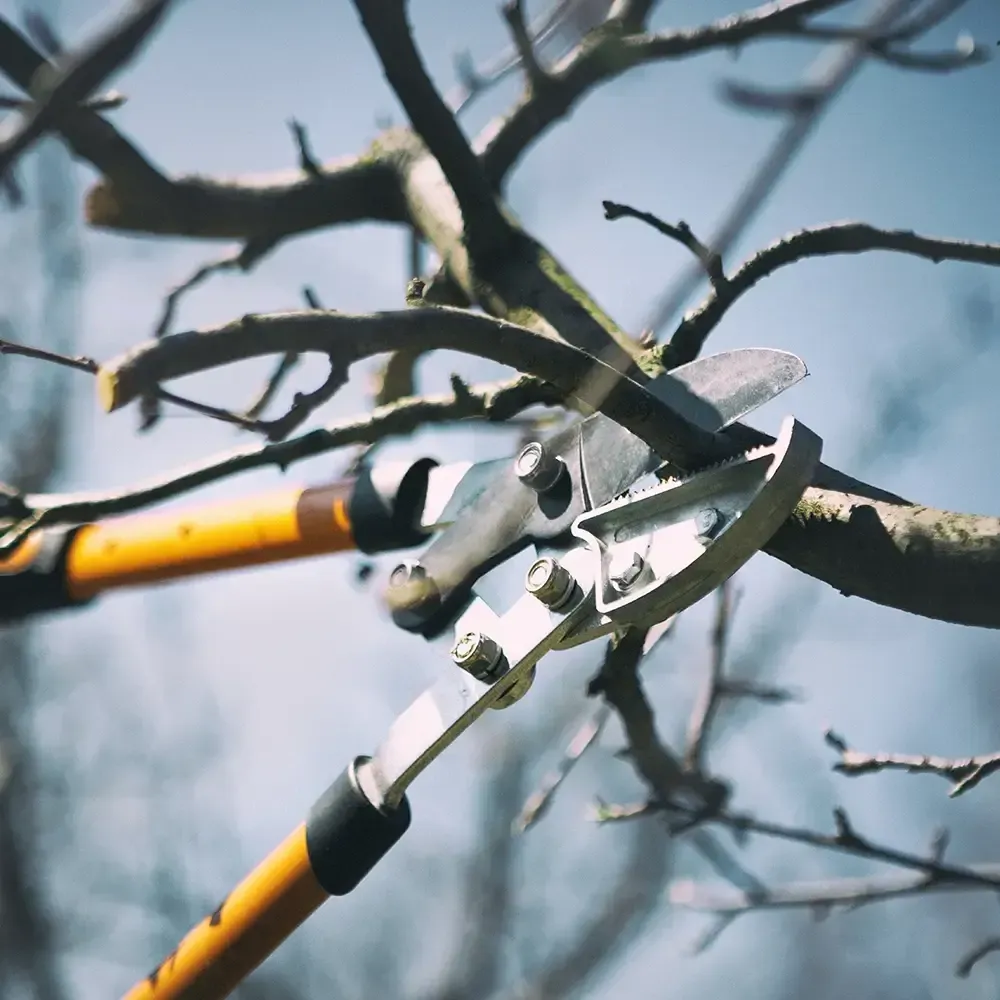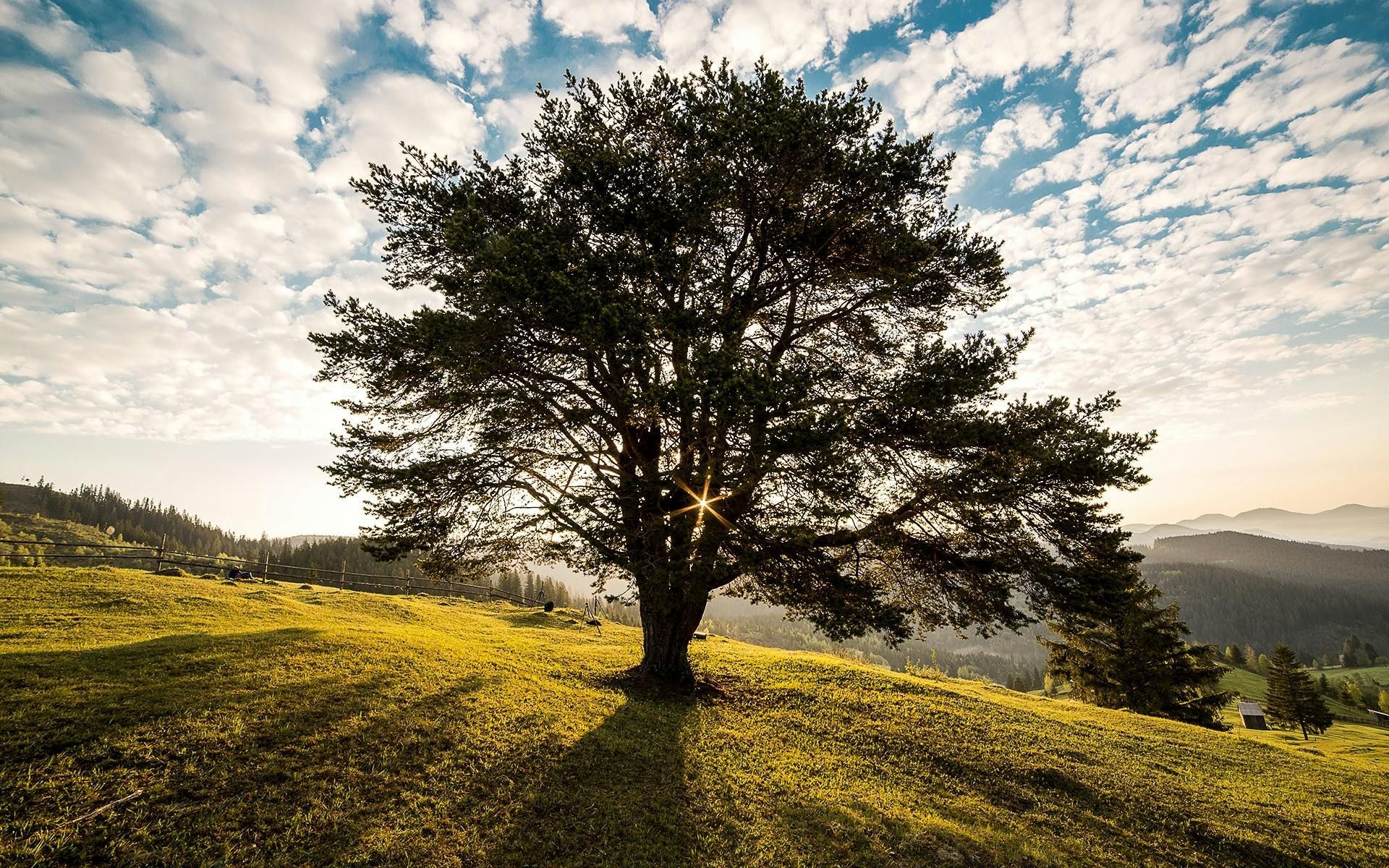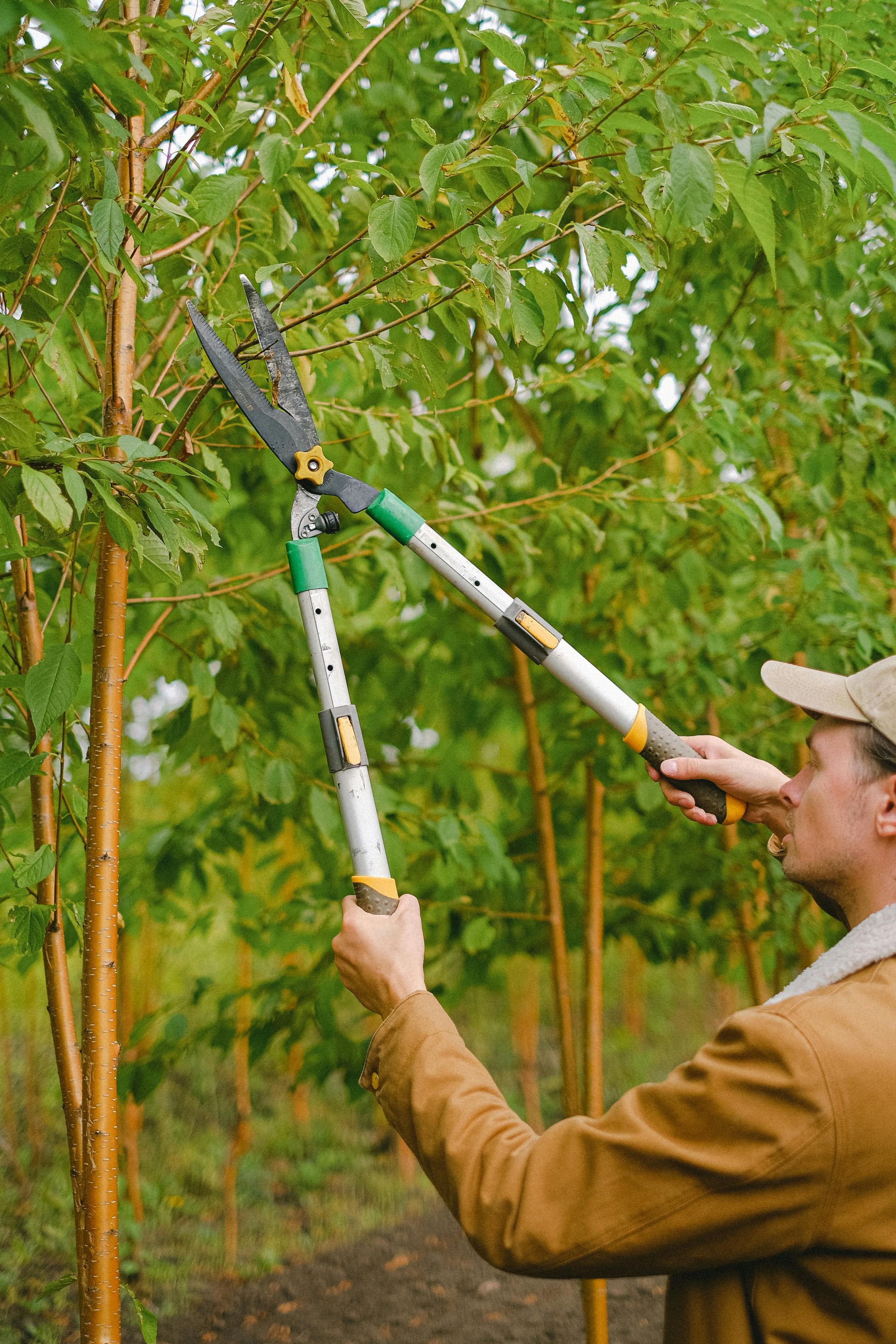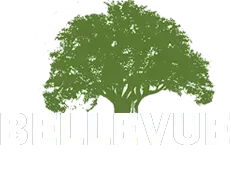How to Identify Common Tree Diseases
Trees can fall victim to various diseases that weaken their health and structure. At Bellevue Timber Techs, we believe it’s important for homeowners to know how to spot common tree diseases early. Identifying these diseases helps protect your trees and prevent potential damage to your property.
Why is Identifying Tree Diseases Important?
Tree diseases can spread quickly if not treated, potentially leading to tree death. When a diseased tree becomes weak, it may be more prone to falling or dropping branches, which can pose a danger to your home and landscape. By recognizing these diseases early, you can prevent the need for tree removal in Bellevue and save your trees from further damage.
Common Tree Diseases to Watch Out For
Here are some of the most common tree diseases, how to identify them, and what you can do about them.
- Leaf Spot Disease
- What to Look For: Leaf spot diseases are characterized by small, circular spots on leaves that are often black, brown, or yellow. Over time, the spots can grow larger, and leaves may start to drop early.
- What It Means: This disease is usually caused by fungi or bacteria, often during periods of high humidity or rainfall.
- How to Treat It: Remove affected leaves and branches to prevent the spread of the disease. Keep the area around the tree clean of debris, and consider using a fungicide if the disease persists.
- Powdery Mildew
- What to Look For: Powdery mildew appears as a white, powdery substance on the leaves, stems, and flowers of a tree. The disease can cause leaves to curl, turn yellow, or drop prematurely.
- What It Means: This disease is common in humid climates or areas with poor air circulation.
- How to Treat It: Trim affected branches to improve air circulation around the tree. If the problem continues, fungicide treatments may be necessary to control the disease.
- Root Rot
- What to Look For: Trees with root rot may show signs of wilting, yellowing leaves, or stunted growth. The base of the trunk may feel soft, and there may be fungal growth or mushrooms around the base of the tree.
- What It Means: Root rot occurs when the soil around the tree is too wet, allowing fungi to grow and attack the roots.
- How to Treat It: Improve drainage around the tree to prevent water from pooling near the roots. In severe cases, tree removal may be necessary, especially if the tree has lost stability.
- Canker Disease
- What to Look For: Cankers are sunken, dead patches of bark on a tree's trunk or branches. They can cause branches to die back and may ooze sap.
- What It Means: Canker disease is usually caused by a fungus that enters the tree through wounds or damaged bark.
- How to Treat It: Prune away affected areas, making sure to disinfect your tools between cuts to avoid spreading the disease. If the canker has affected a large portion of the tree, you may need professional help from Bellevue tree removal experts.
- Anthracnose
- What to Look For: Anthracnose causes dark, sunken lesions on leaves, stems, and fruit. It often appears in wet, cool weather and can lead to leaf drop and twig death.
- What It Means: This fungal disease spreads through water, so it’s most common in trees located in damp areas.
- How to Treat It: Remove infected leaves and prune dead branches. Improving airflow around the tree and using a fungicide can help manage this disease.
- Dutch Elm Disease
- What to Look For: Dutch elm disease causes wilting, yellowing, and browning of the leaves, starting from the top of the tree and spreading downward. It often causes branches to die back.
- What It Means: This disease is spread by beetles and fungi and is particularly dangerous for elm trees.
- How to Treat It: Quick action is necessary to stop the spread. Prune infected branches, and consider professional help to manage or remove infected trees.
- Cedar Apple Rust
- What to Look For: This disease causes bright orange or rust-colored spots on cedar and apple trees. Infected trees may experience defoliation and weakened growth.
- What It Means: Cedar apple rust is caused by a fungus that cycles between cedar and apple trees. It spreads through spores carried by the wind.
- How to Treat It: Remove infected leaves, and apply fungicides to both apple and cedar trees to prevent further spread.
When to Call Bellevue Timber Techs
If you’re not sure what’s wrong with your tree or the problem seems severe, it’s time to call the experts. At Bellevue Timber Techs, we can assess the health of your trees and recommend the best course of action. If the disease is too far advanced, we offer professional Bellevue tree removal services to keep your property safe.
How to Prevent Tree Diseases
Prevention is the best way to protect your trees from disease. Here are a few tips to keep your trees healthy and disease-free:
- Proper Watering: Overwatering or underwatering can stress trees, making them more susceptible to disease. Ensure your trees get the right amount of water.
- Regular Pruning: Pruning away dead or diseased branches can prevent diseases from spreading. Tree trimming in Bellevue can keep your trees strong and healthy.
- Good Air Circulation: Plant trees with enough space between them to allow for airflow. This helps reduce the chances of fungal infections.
- Clean Tools: Always clean your pruning tools between uses to avoid spreading disease from one tree to another.
Recognizing common tree diseases is the first step in keeping your trees healthy and safe. At Bellevue Timber Techs, we’re here to help you with disease identification, treatment, and, if necessary, Bellevue tree removal. Don’t wait until it’s too late—regular inspections and proper care can save your trees from the dangers of disease. Contact us today for all your tree care needs!
Ready to work with Bellevue Timber Techs?
Let's connect! We’re here to help.
Send us a message and we’ll be in touch.
Or give us a call today at 425-655-1140
Agency Contact Form
Recent Blog's










